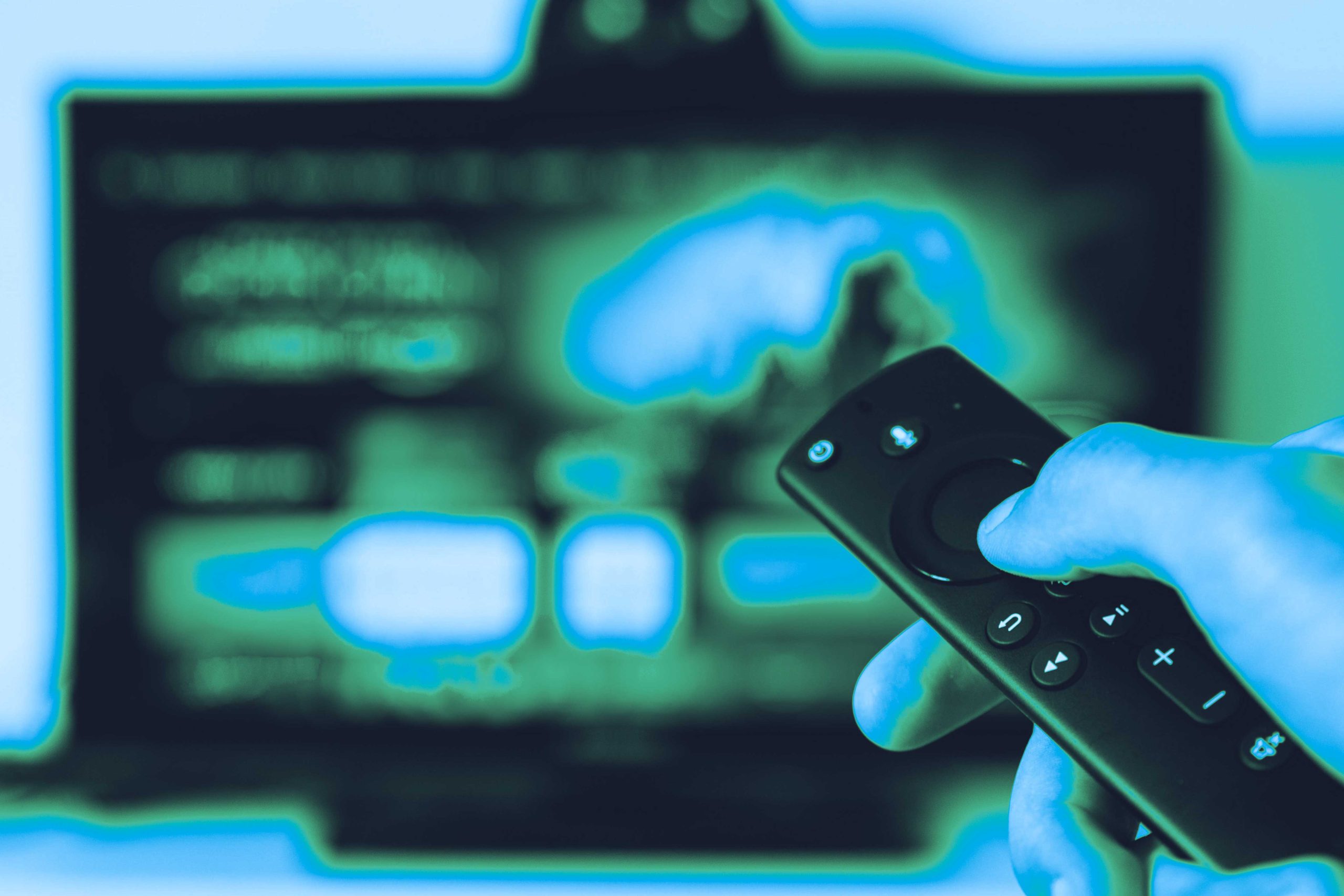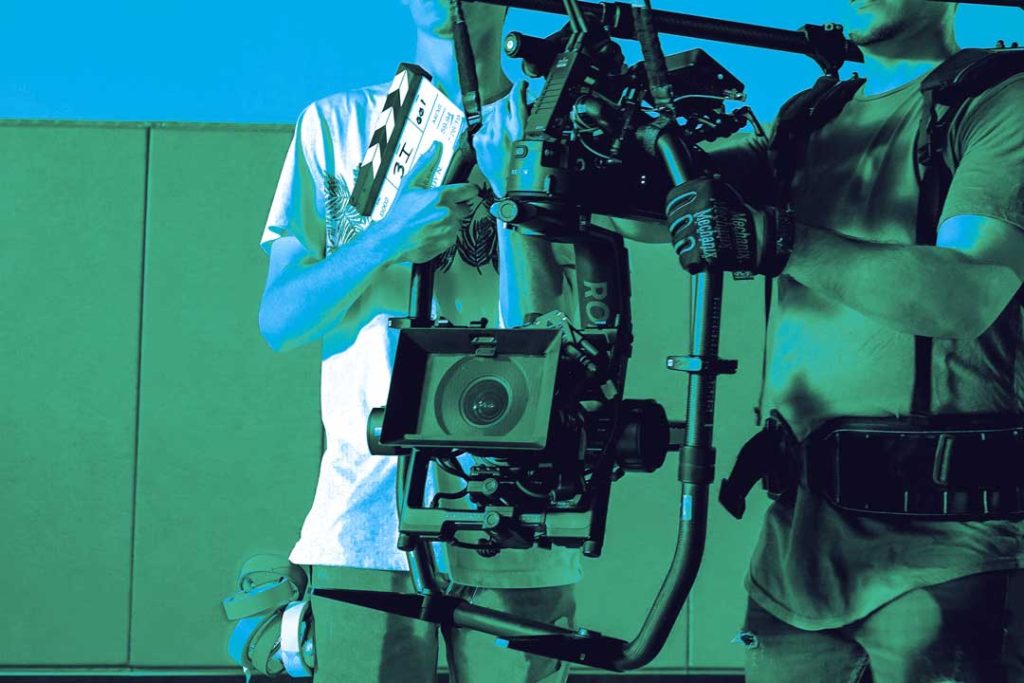On Episode 3 of The Content & Media Matters Podcast, we were delighted to be joined by Jerónimo Macanás Candilejo, the CEO, CTO and co-founder of JUMP Data-Driven Video. He has had more than 20 years of impressive experience in the industry, having worked all the way all the way up from product engineer to CEO, Jerónimo is a hands-on startup leader, who is helping businesses in the media and entertainment space utilise Big Data and artificial intelligence technologies.
We asked him about how data will affect the future of video in the content and media industry. Read on for the highlights of that conversation!
What do you think is the most exciting thing happening at the moment within the broadcast media industry?
I would say that the most exciting thing is that the disruptors are being disrupted. Netflix, Amazon and all these people that pushed hard to change things for the better in terms of initial experience and how people want to be entertained are making things very competitive. The disruptors now need to defend against that. I think that’s the most interesting thing that is happening now.
There is a second factor that everybody’s talking about, which is that the world is slowing down. There is some fear about the new model. Both the COVID pandemic and the war in Ukraine have created these new trends that we are living in with the socio political and geopolitical space, which have been accelerating a lot of consumption and waste of entertainment at a level that was probably something that we weren’t expecting until five years from now. I’m a believer that the industry is very healthy. What is probably not healthy is the expectations companies had when they saw a pandemic and thought ‘We are gonna get a lot of revenues, money, growth, everything, very fast’. Changing people takes time, they need time to really assimilate new habits and all of that. The market is trying to balance again after all of those changes. Seeing how the industry handles those two factors is what I’m really excited about.
What is it that makes data a differentiating factor for successful players in the industry?
Data has been there for decades, so it’s nothing new for companies. What is new is that now they need to use it as a competitive advantage. In this increasingly competitive environment, you need to differentiate yourself. It doesn’t matter if it’s because of content or experience or verticals or whatever, you need to fully understand your audience. You can only do that if you use data. You need to make things very personal to your audience, otherwise they feel that they are another one in the basket, and people tend to go away and find another place where they can be treated more personally. We’re all different and we need to be treated differently, not just in consumption, but also in messaging and in channels. In many different aspects, that’s something you can only do with data. Data is going to become more of a key element in the centre of the strategy for media and entertainment. We’re seeing that customers and companies are thinking that data-driven strategies are optional or later stage activity, but they’re becoming more and more central in their strategies from day zero.

What do you think of players like Netflix going full circle in terms of subscriptions?
I think it’s a good movement, despite what everybody’s saying. There are target audiences for all these different tiers. We work in especially good freemium models as a starting point for this land-and-expand strategy. Once people are engaged and they really see the value of your service, they’ll move to a subscription model. You can monetise this content in your service for these people that otherwise wouldn’t be able to subscribe through ads. There will always be a percentage of people that are paying subscriptions now who will move to the freemium one, so you could lose certain people. At the same time, as you are acquiring a lot of other customers that you cannot sell to otherwise. There are not enough people in the world that can pay for six subscriptions, so giving people a taste of why yours is better is a good strategy. I think it’s a natural movement after all these different years, and people will move along tiers and services towards your premium ones.
Do you think that the focus has shifted from trying to attract people to the platforms to trying to retain the people they’ve already got, and does that change what people want out of data analytics services like yours?
There are two angles on that. First of all, that decision needs to be linked with retention. If you attract the right audience to your service, the people that have the highest customer lifetime value, you’ll churn lower percentages. Retention starts with acquisition. Everybody has a limited budget for acquisition, so you need to use it in the right way. There are data-driven ways to really focus your budget in the right acquisition channels with the right segmentation and the right audience. Apart from really optimising the acquisition cost of your decision strategies, do make sure that you’re moving forward in the funnel, so you’ll have people less likely to churn and more likely to have a higher customer lifetime value. These two concepts need to be linked.
Now more and more it’s not just about the first churn, because the consumption habits are going to be more about churning re-subscriptions. You need to manage that process as well. You need to really focus on reacquisition because more than ever there is an opportunity for these people to come back to your service. In the middle is the more traditional retention strategy; put people in front of the content they want to watch. That’s the bliss-maker, right? If you have the content they want to watch, and it’s enough content for you to sustain and maintain their entertainment expectations, people will keep it for the right price. Otherwise, you don’t need any strategy or retention study, you need to fix that price point. If you have all these checks, everything is about content and how you present it. The trick is in how you make people feel that there is always something for them to watch.
To hear the rest of Jerónimo Macanás Candilejo’s opinions on the future of the industry, tune into the full episode of The Content & Media Matters Podcast here.
We sit down regularly with some of the biggest names in our industry, we dedicate our podcast to the stories of leaders in the technologies industries that bring us closer together. Follow the link here to see some of our latest episodes and don’t forget to subscribe.


















